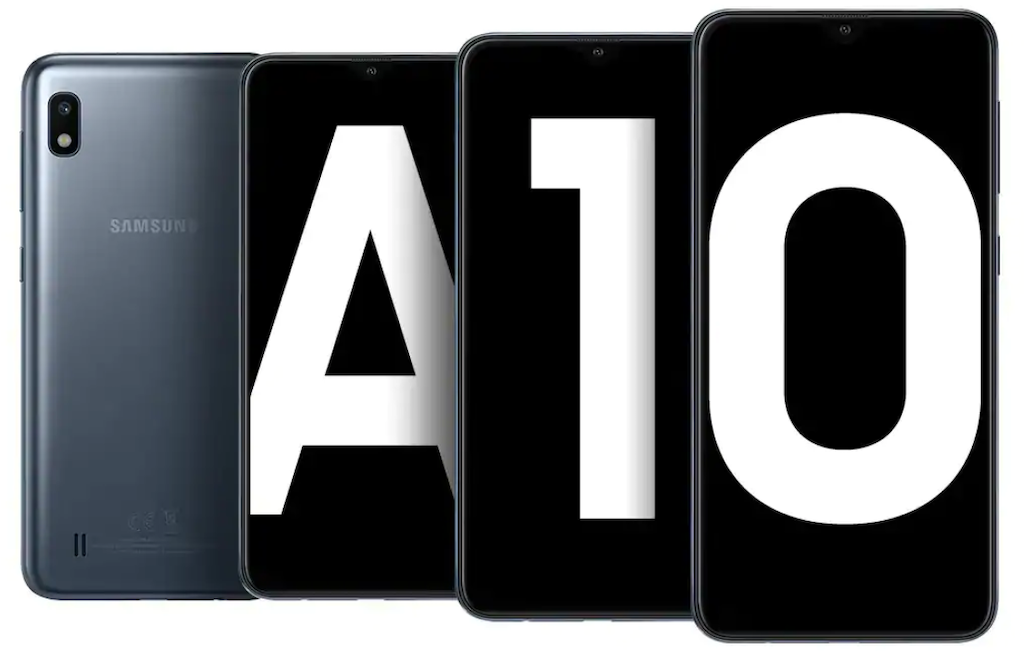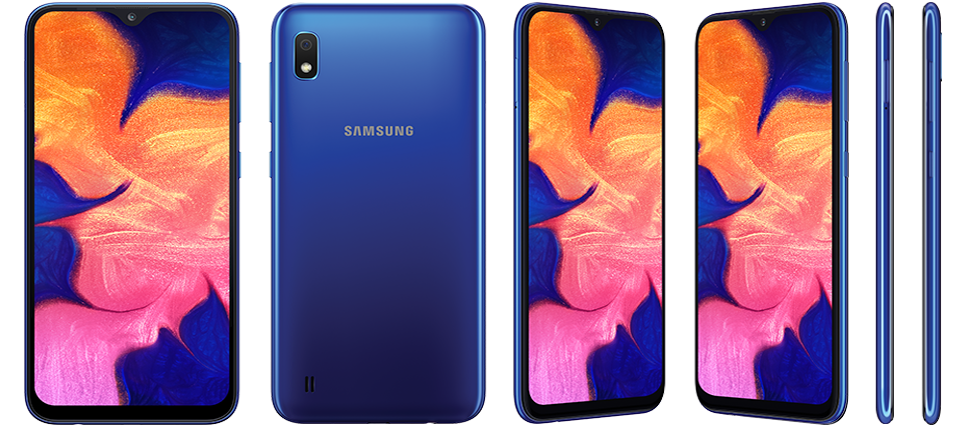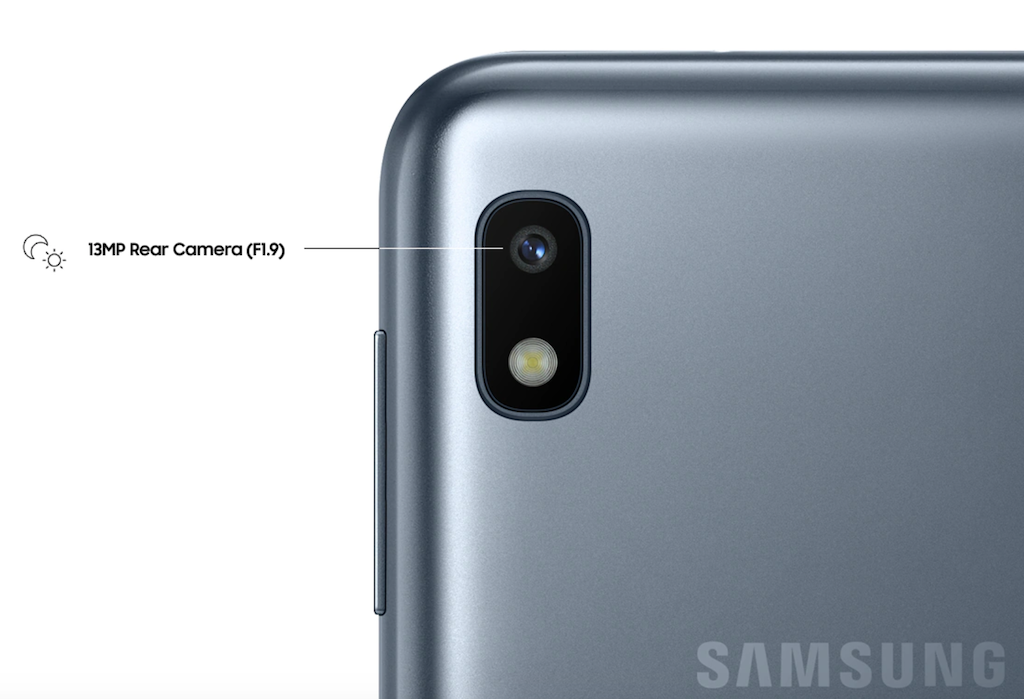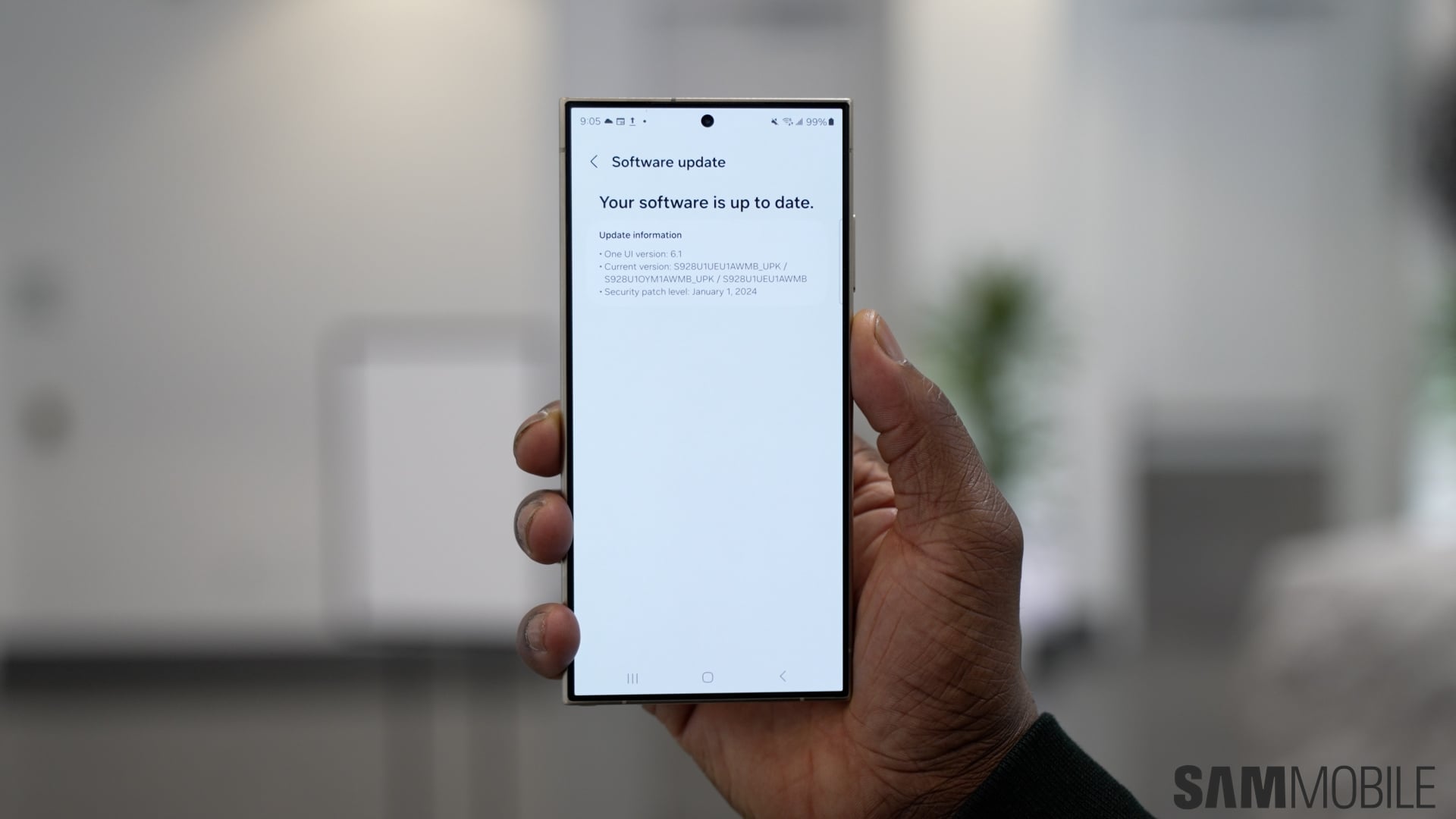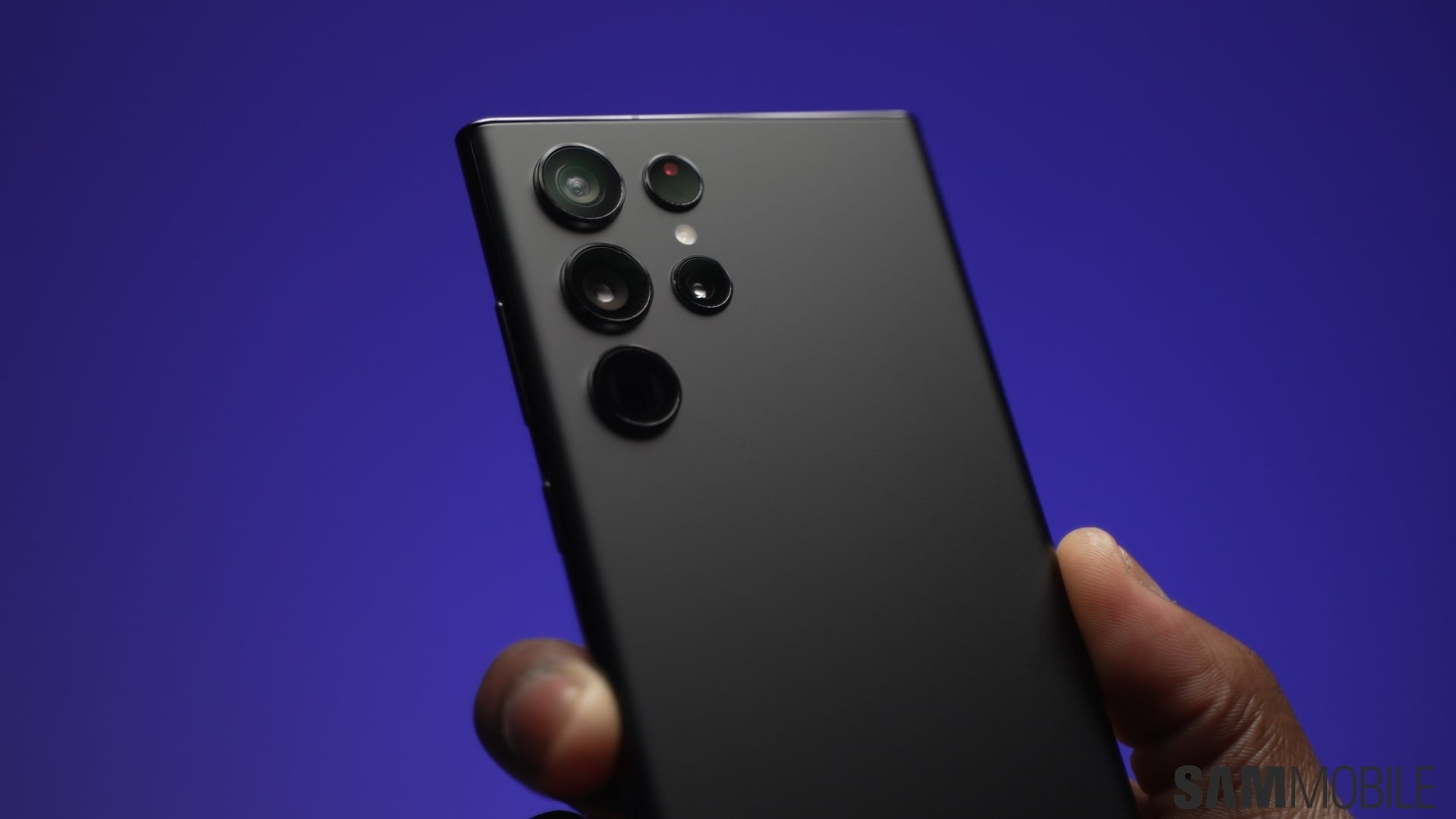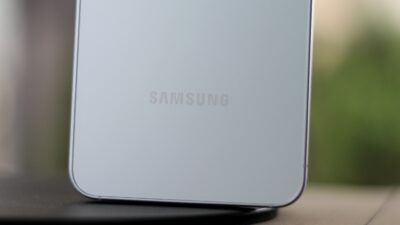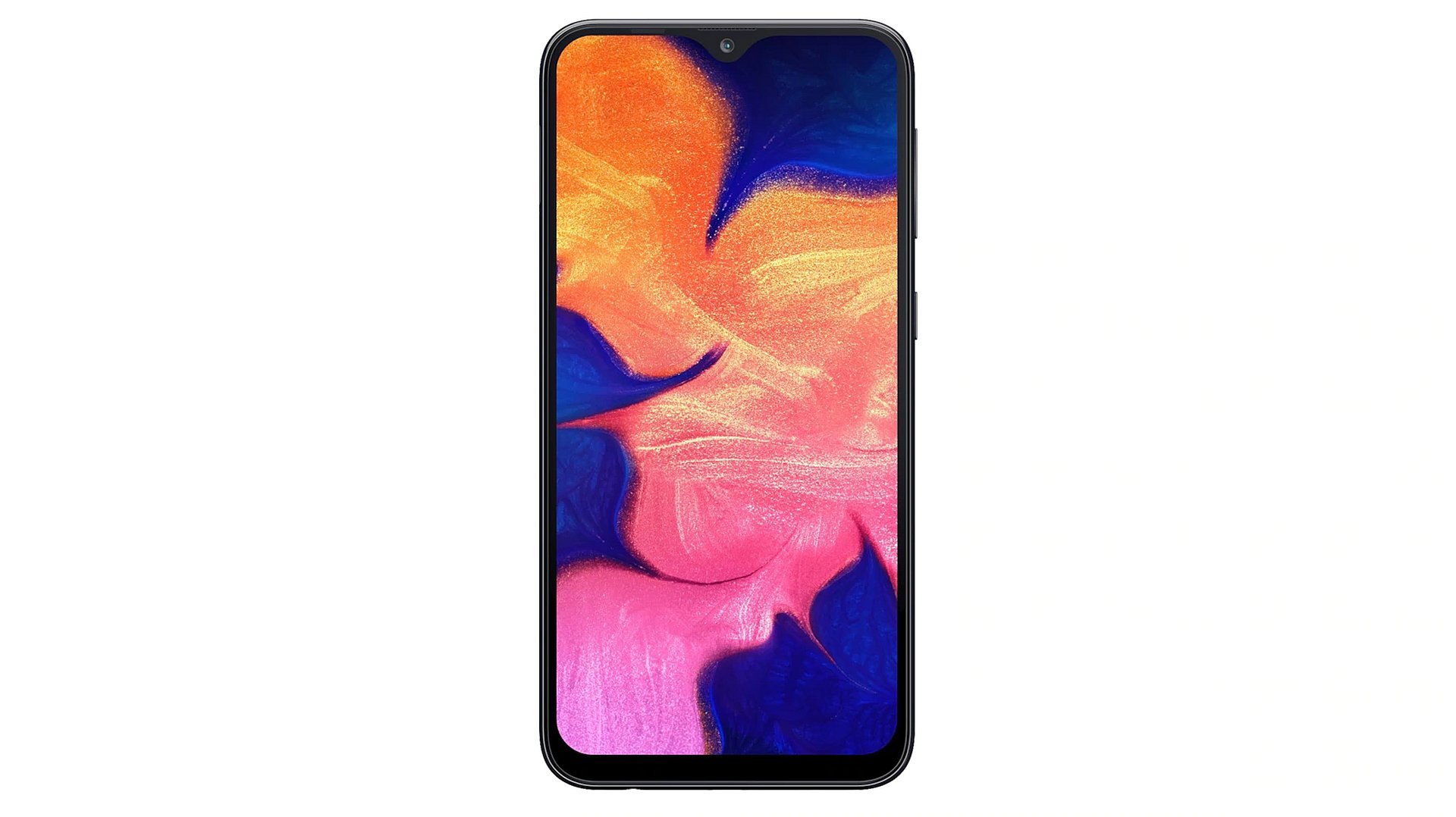
Introduction
Samsung’s Galaxy A series lacked a coherent strategy and identity since its inception. Initially, the company used the A series branding to launch midrange devices. Later, the lineup also saw the launch of premium midrange smartphones, bordering on flagship prices. This year, it seems the company is using A series branding for all its non-flagship offline offerings, ranging from the entry-level Galaxy A10 to the premium and innovative A80.
Samsung launched the Galaxy A30 and A50 at the Mobile World Congress 2019 in Barcelona. The company released the same devices in India a week later along with unveiling the Galaxy A10. In many ways, the A10 is the offline equivalent of the online-exclusive M10, with minor modification in specs. It is replacing half a dozen Galaxy J models that failed to compete effectively against Xiaomi's Redmi devices.
Design
The Galaxy A10 is an entry-level device, and that reflects in its design and build quality. It is made out of polycarbonate with some resemblance to the glass. Samsung calls it 3D Glasstic, but it doesn’t seem to be anything more than a marketing term. The device measures 155.6 x 75.6 x 7.9 mm and weighs 168 grams. The design is nowhere close to the market-leading Galaxy S flagship models, but the A10 costs less than 1/5th of their price, and for that price, the design and build quality are more than acceptable.
On the front, there is an Infinity-V display, which is Samsung’s way of referring to V-shaped tear-drop notch at the top for the selfie camera. The chin is large and there are considerable bezels on all the sides, but it still offers a good screen-to-body ratio for the price. The volume rocker and power button are on the right side of the device, while the left side houses a SIM slot that supports two SIMs and a microSD card. There is a headphone jack, micro-USB port, and a mic at the bottom, leaving the top side empty with nothing more than an additional mic. On the rear side, there is a vertically-arranged camera and an LED flash at the top-left, Samsung branding in the middle, and speaker grille towards the bottom.
Specifications
The Galaxy A10 comes with a 6.2-inch HD+ Infinity-V display, Exynos 7884 octa-core SoC with Mali-G71 MP2 GPU, 2GB RAM, 32GB internal storage, 13MP rear camera, 5MP selfie camera, and a 3,400mAh battery with no support for fast charging. On the software side of things, the device runs Android 9 Pie out of the box with Samsung’s One UI on top.
You can find the full list of specifications on our Galaxy A10 specifications page.
Display
All Galaxy smartphones launched this year have been equipped with some form of Infinity displays, and the Galaxy A10 doesn’t break the trend. Samsung packed the Galaxy A10 with a 6.2-inch Infinity-V display. It’s an HD+ display with a resolution of 720×1520 pixels, which gives it a pixel density of ~271 PPI. This is an IPS LCD panel, so don’t expect the vibrant colors and contrast you would find on a Super AMOLED screen.
Camera
The camera hardware on the Galaxy A10 is inferior to what you find on the M10. While the M10 boasts a dual-camera system on the back, the A10 has a single 13 MP f/1.9 Auto Focus shooter. It supports panorama shots, HDR, and can record 1080p video at 30fps. The selfie camera is 5 megapixels with f/2.0. Overall, the A10 comes with decent camera capabilities when compared to its price.
Software
Software is one area where the A10 shines over the M series. The device comes with Android 9 Pie and Samsung’s One UI out of the box, whereas the M series devices announced so far run on Android Oreo 8.1 which is more than a year old. Given how slow Samsung is in updating its budget devices to newer versions of Android, this could be a major factor for those deciding between the Galaxy A10 and M10. Since the One UI offers similar experience across Galaxy devices, you can expect the A10 to have many of its features and pain points.
Availability
Samsung unveiled the Galaxy A10 in India towards the end of February 2019, and it went on sale on March 2 for INR 8,490 (~$125). The device comes in red, blue and black color options but doesn’t offer any storage choices.












